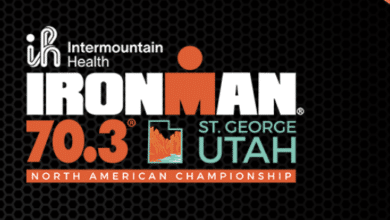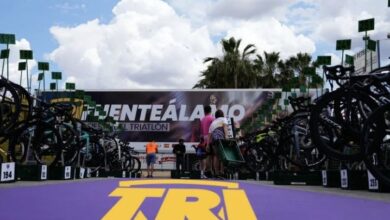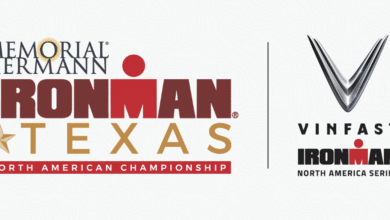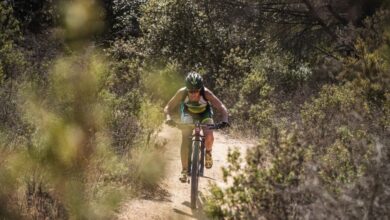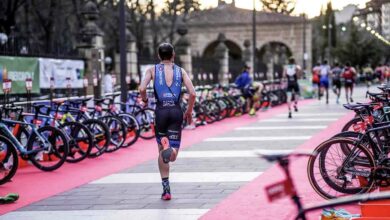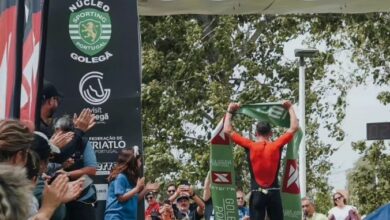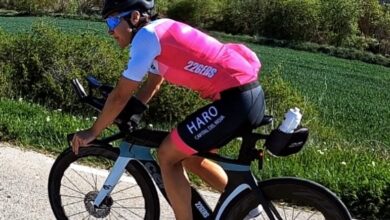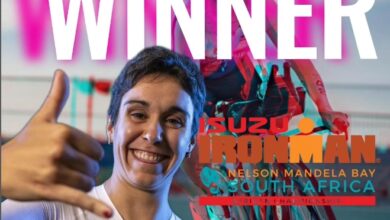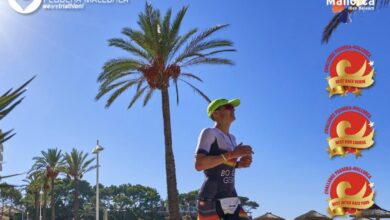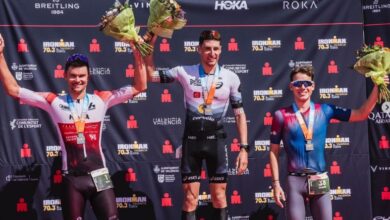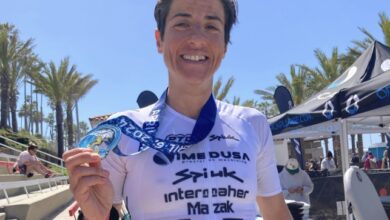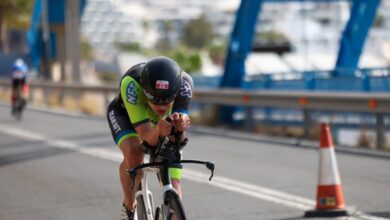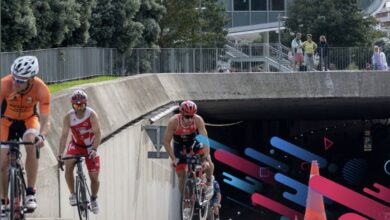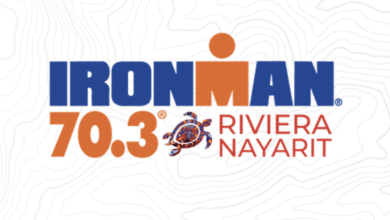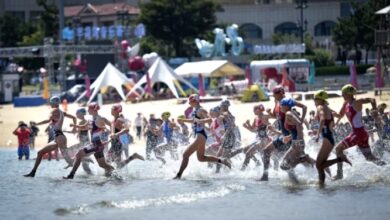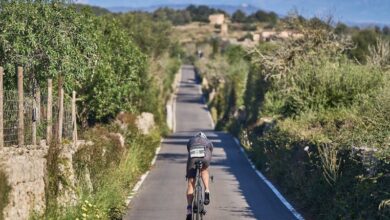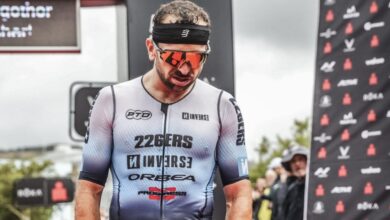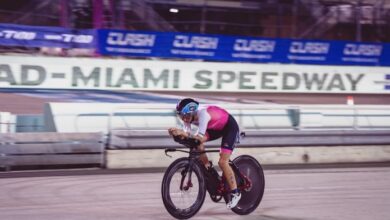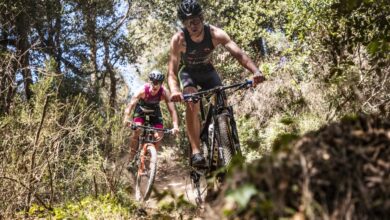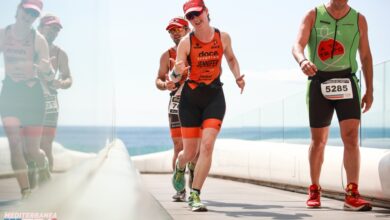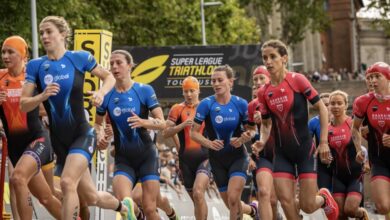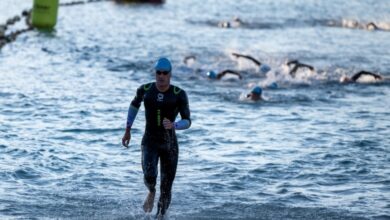Training in height, by Roberto Cejuela
Currently, Roberto is in the CAR of Sierra Nevada making the second edition of this concentration in height.
Roberto Cejuela es pteacher and researcher in the degree in physical sciences and sports of the University of Alicante, licenciado in sciences of physical activity and sports by the University of León andTrenador head of the Triathlon team of the University of Alicante, where several concentrations in height of some of its athletes have been performed for several years in order to obtain an increase in sports performance.
To know a little better how they do it, from Triathlon News we wanted to do an interview
Why have you chosen the CAR of Sierra Nevada? Who is on the team?
Since the 2011 season I have performed altitude concentrations with my athletes, most of them in the Sierra Nevada CAR.
This year is the second time we focus on the CAR. The group is formed by Jesús Gomar, Roberto Sánchez Mantecón, Pedro López De Haro, Guillermo Ferrer, Daniel Múgica, Alberto Parrilla, Carlos Ferrando and Jorge Trigueros as athletes, with Roberto Cejuela as coach of the group.
What is the reason for the concentration? How do you do it?
During 3 weeks we focus on altitude looking for an answer from the organism not only to him stimulus of the own training, but also to the adaptations that are provoked living at altitude.
We train from 2 to 3 daily sessions, distributed in microcycles of 3 or 4 days, where the training load undulates between days of more load and others of recovery.
What do you look for in this type of training?
We seek that sports performance in the weeks following the stay increase more than expected with similar training stimuli at sea level.
In addition, we seek a progressive and continuous adaptation to altitude, as a stimulus in the improvement of sports performance in aerobic tests. It's a long-term job that needs continuity over the years.
What do you expect from athletes after the rally?
We expect a good sports performance in the target competitions of each athlete in the return to sea level, in the following post-stay weeks. World Cups, Spanish Championships, Ironman, etc.
Could you give us some examples so that people understand it;)?
In the last two years, we have made this stay in the Alps, conducting a research study where we compared real hypoxia, simulated and without hypoxia.
To measure sports performance and stimulus effect, we performed 3000 meter test running on foot. The test that we carried out on the last day of stay at sea level, did not have a better performance than the previous test that we did before the concentration, the athletes were still fatigued, as much for the stimulation of the training as for the hypoxia.
At the 7 days we did other 3000m tests, there the performance was better, improving all your brand. And to the 21 days of the end of the stay we made another test, being even better the performance of all the tests carried out. That is, since the end of the stay, if the combination of training loads in altitude and time has been correctly done, we have 3 weeks where the athlete will improve performance, due to the adaptations he has made during the camp, due to altitude, not just the effect of training.
For this, the athlete has to be a "responder" to the hypoxia stimulus, not all are, for this you have to make a stay and measure its initial values and haematological endings, and we can see the effect it has on altitude, as well as in all parameters that affect performance.
There are no previous results.







